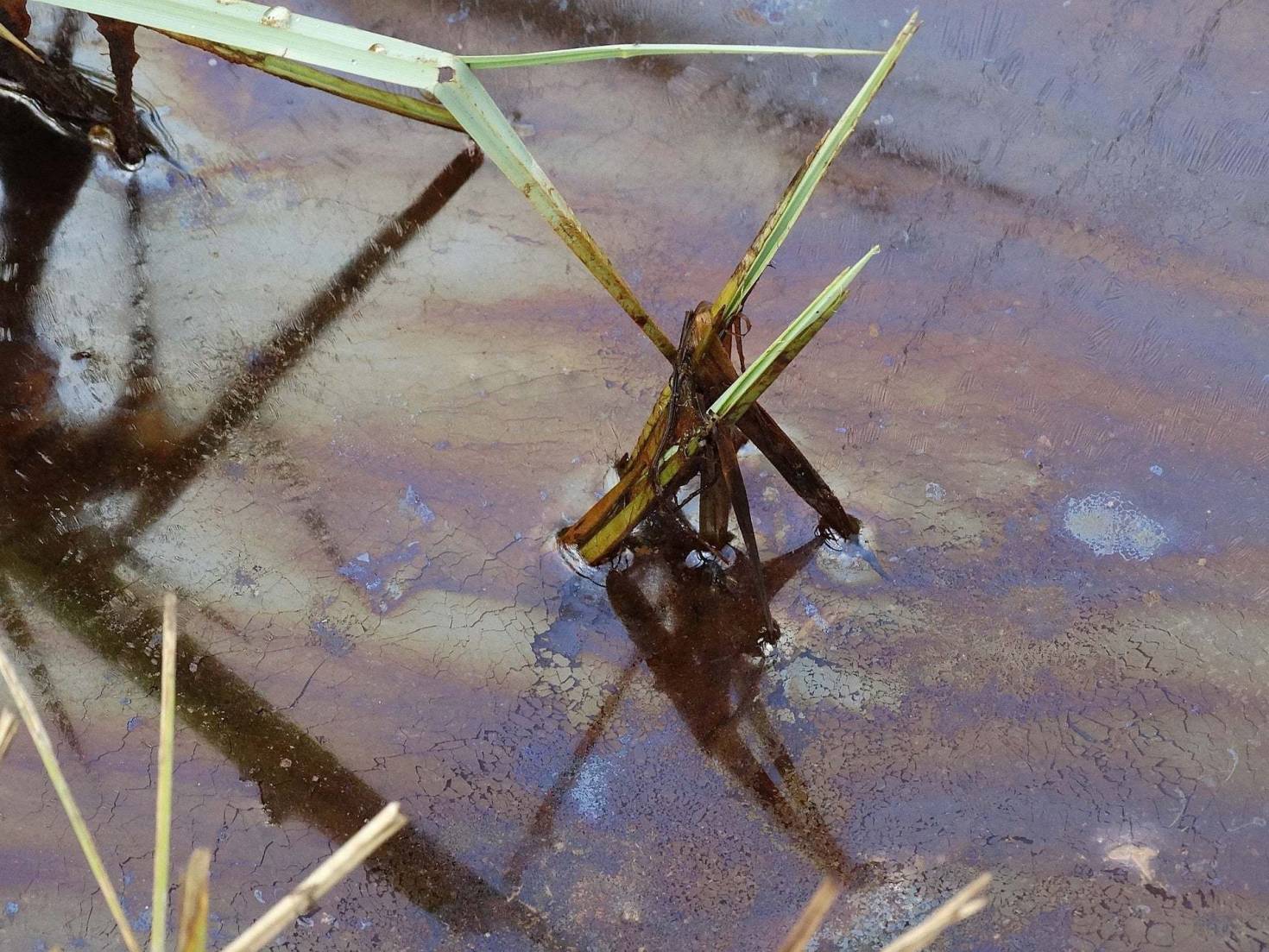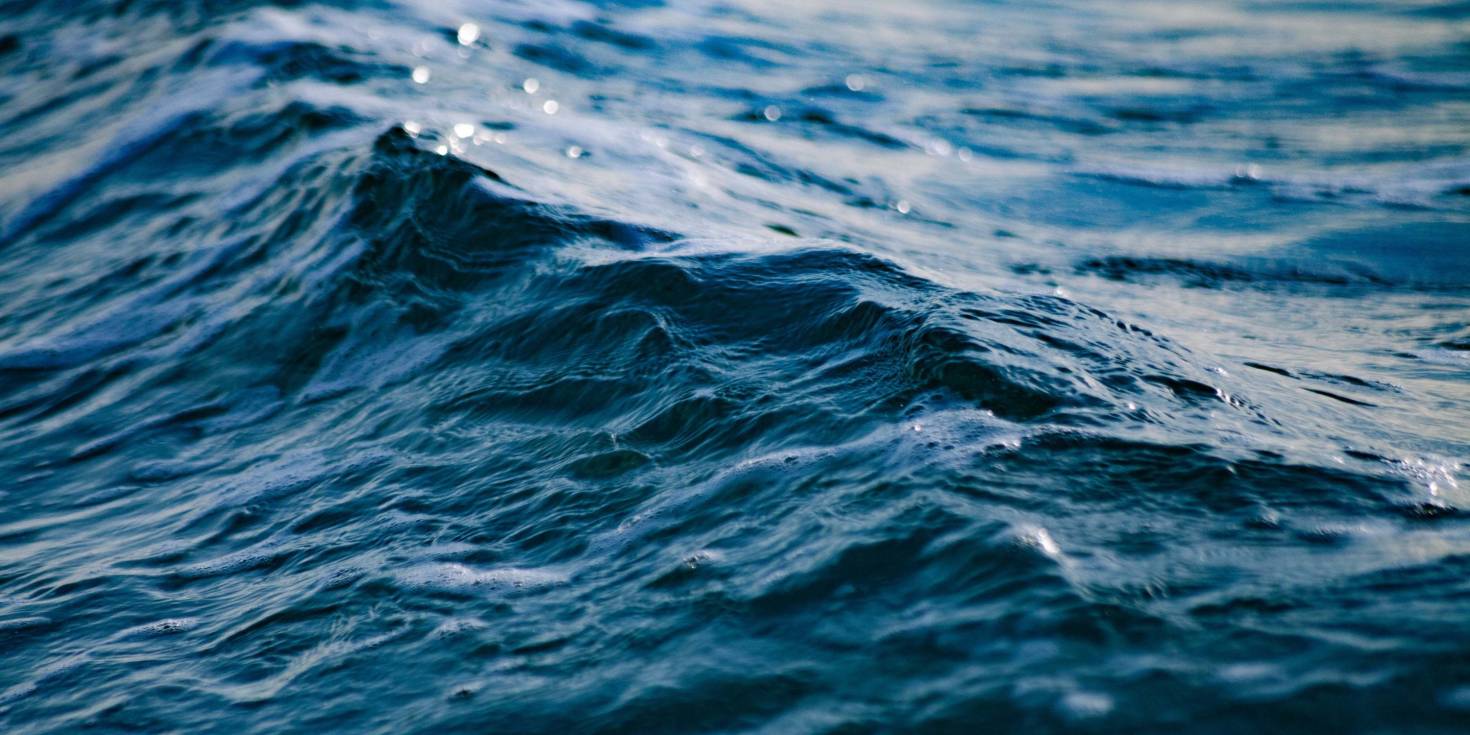Water is one of the most precious resources we have. If it’s not first, it’s got to be a close second to air. The human body is made up of 50-75% water, depending on whether you're a baby or an adult, and male or female. 95% of your blood is water. Animals vary drastically but are made up of anywhere from 50-99% water. Plants and trees also vary from 60-95% water. Depending on the circumstances, the average person can only survive a number of hours to one week without water.
Water has a major effect on the environment, the landscape, and survival of plants, animals, and humans. Since water is vital for life, it’s extremely important that we take actions to preserve it.
The greatest threat to our planet is the belief that someone else will save it.Robert Swan
People are sometimes surprised to find out that the activities landowners carry out on their land can heavily impact water quality. What does the construction site down the road, the guy that just harvested his timber, or the neighbors that built an access road have to do with water quality? Land uses like these may seem completely unrelated to water pollution...but they're not.
To find out more about various types of properties, head over to our blog on understanding land use definitions or our article on the difference between a farm and a ranch.
Water quality management refers to strategies and systems designed to control water pollution. The implementation of the procedures that have been deemed most effective for maintaining water quality is called water quality best management practices. It’s critical that landowners become aware of these practices and put them into action.

In 1948, the Federal Water Pollution Control Act was enacted to address water pollution. It was radically amended in 1972 and became known as the Clean Water Act. To learn more, the EPA’s website contains articles on the history and a summary of the CWA. It establishes laws and structures to control pollution and restore the chemical, biological, and physical integrity of water.
Pollution 101
There’s 2 general categories of water pollution sources.
Point source pollution is when contaminants enter the water directly. It’s basically what it sounds like. The exact source and location distributing the pollutants can be identified. Factories and sewage treatment plants are common examples of point source pollution. This used to be the biggest contributor to water pollution, but the Clean Water Act of 1972 referenced above drastically reduced the pollution caused by point sources.
Nonpoint source pollution is when the exact source and in many cases the specific location the contaminants enter the water can’t be identified. Land runoff is a prime example of nonpoint source pollution because it's often made up of large tracts of land.
It’s well known that adding pollutants negatively impacts water quality. It’s less known that changing the way the water behaves on land can strongly influence it as well. When the water starts to behave differently, different elements may be added to it and delivered to streams, rivers, and lakes altering their acidity and oxygen content. Examples are pathogens, oil products, and road salts in addition to the more commonly known sediments, nutrients, and pesticides. There are a number of land use activities that can impact water quality in an area.

- Timber harvesting can alter the way water hits the forest floor.
- Development can alter temperatures, result in excess sedimentation, and add chemicals like pesticides, oil and gas, fertilizers, and nitrous oxides.
- Building roads often changes the density of the soil and its ability to absorb water, along with the routes the water actually travels.
- Livestock can alter vegetation, increase nitrates from their waste, and raise sediment content continuously trampling on the land.
- Industrial businesses can contribute to water pollution by discharging high temperature liquids, harmful chemicals depending on the business type, and change oxygen levels.
- A topography change of any kind may result in an alteration in the pattern of water flow. Mining is a common example that can modify the sediment content and increase the acidity levels in the water.
It’s not wise to state problems without offering possible solutions. Here are some examples of potential resolutions in hopes of reducing water pollution.
- Look into upgrading roads before you create new ones.
- Be conscious of water quality when planning any construction projects.
- Use fertilizers and pesticides intelligently, sparingly, or not at all.
- Use landscaping techniques that prevent erosion by filtering sediments.
- Dispose of all chemicals safely with environmental consciousness.
- Practice crop nutrient and pest management.
- Build vegetation strips to act as barriers that will block chemicals.
- Manage livestock grazing, feeding, and waste with water quality in mind.
- Maintain a well-vegetated lawn, streambank, or farm to reduce runoff.
- Place silt fences at construction sites.
- Leave previously harvested materials on the soil's surface to prevent erosion.
- Don’t drive ATV’s through wetlands, streams, or shorelines that run into bodies of water.

Crater Lake, located in Oregon, is regarded by scientists to be one of the cleanest and clearest large bodies of water in the world. This can be attributed to the fact that there are no inflowing streams. The lake is fed only by snow and rainwater. The west coast of Hawaii’s Big Island is known to have some of the cleanest ocean water in the world because there's significantly less farming going on there and if there were, the average annual rainfall is extremely low. This translates into less polluted water running off into their ocean waters.
These lists aren't exhaustive or meant to discourage landowners from taking actions to allow their land to be as productive as possible. Many people depend on their land to make a living. However, everyone depends on water. The goal is for people to be conscious of their actions and how they affect water. You can avoid or at least minimize damage to water quality by implementing water quality best management practices into your land use. If you're still in the process of searching for land check out our land for sale near you.
71% of our planet is covered in water, so it only makes sense that it would be extremely important to take care of it. Mr. Swan’s quote is rather insightful. Collective responsibility means it’s everyone's obligation to take actions that will preserve our water. If everybody takes the attitude that someone else will do it, nothing will end up getting done. In this situation, what's good for the whole is good for the individual. Don’t depend on others to change the world, be the change that you want to see.

